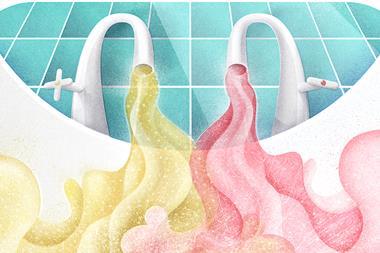Heart rate and neck movements recognised by soft and stretchable device

Researchers based in Australia have developed a soft and stretchable device that recognises artery pulses or body movements, and relays the information to a smartphone.
The demand for wearable devices has surged in recent years with gadgets to monitor body movements, heart rate and sweat metabolites, among other things. However, most of the devices currently available are not truly wearable because they do not sit flush with the skin so do not deform as the body moves.
Wenlong Cheng and his team of materials scientists and chemical engineers at Monash University used an ionic liquid sealed in a silicon mould to counteract these problems. They created a durable, waterproof and lightweight device that senses body movements. When the sensor deforms, current running through the device changes while the voltage remains fixed. A smartphone is capable of picking up these variations in resistance, which are unique to each movement.
Ionic liquids generally have lower Young’s moduli than the elastomeric polymers typically used in electronic devices. These low moduli allow the sensors to bend without any signs of cracking or loss of conductivity. While Cheng has used a model ionic liquid in this study, his team is also testing a range of hydrophilic and hydrophobic ionic liquids for these sensors.
Cheng foresees a key application for the sensor in monitoring health, in particular for people working at desks on a daily basis, who may be at risk of cervical spondylosis – a form of neck pain. ‘From our perspective, stretchable electronics should be the ultimate electronic product.’
Xiaodong Chen, an expert in materials science from Nanyang Technological University in Singapore, asserts that the device provides ‘a simple strategy to monitor the complex motions of the human body.’ Chemical engineer Zhenan Bao, from Stanford University, US, also praises the work, describing the device as a simple and elegant approach, with ‘great potential for applications in wearable electronics’.
References
This article is free to access until 25 March 2016
Y Wang et al, Mater. Horiz., 2016, DOI: 10.1039/c5mh00284b












No comments yet